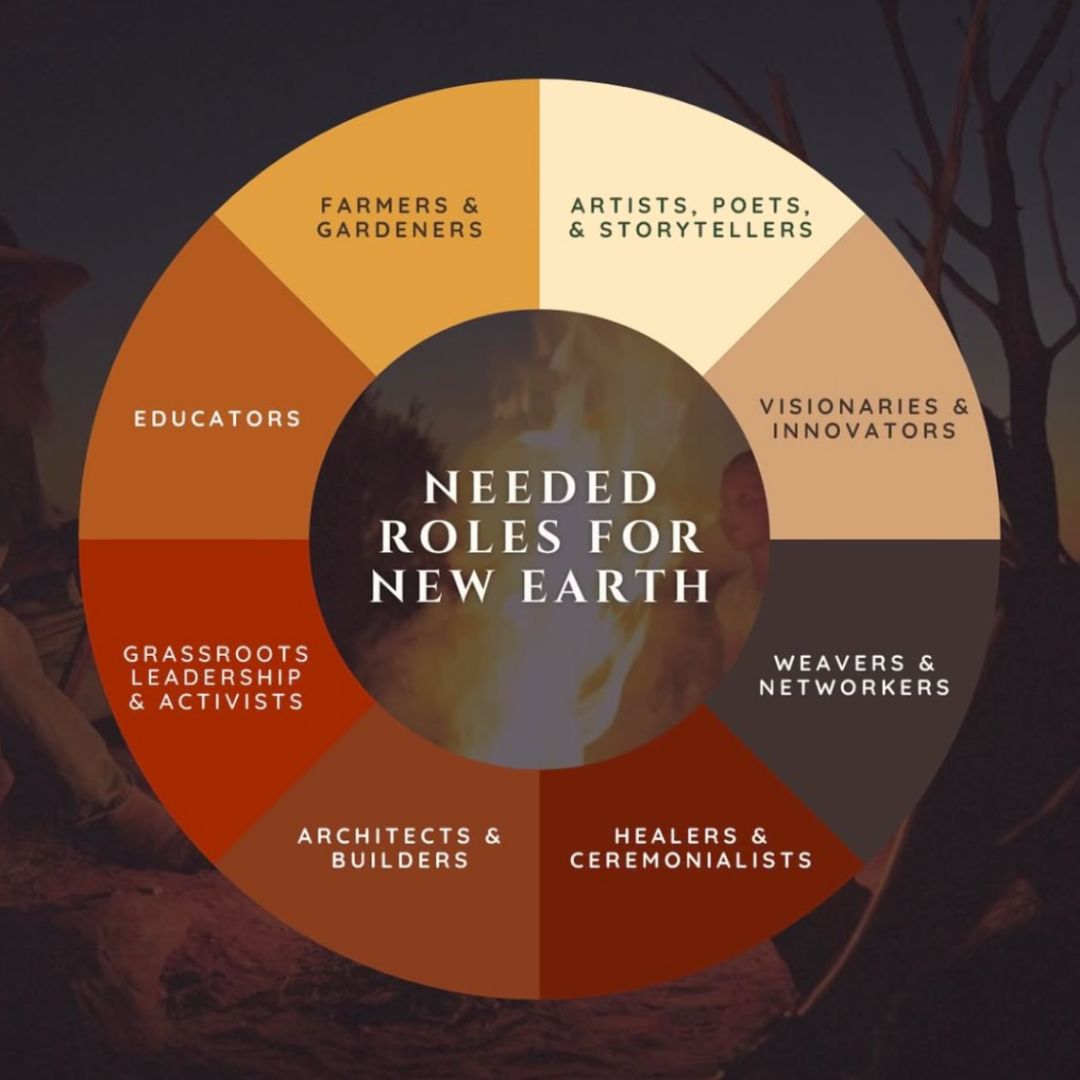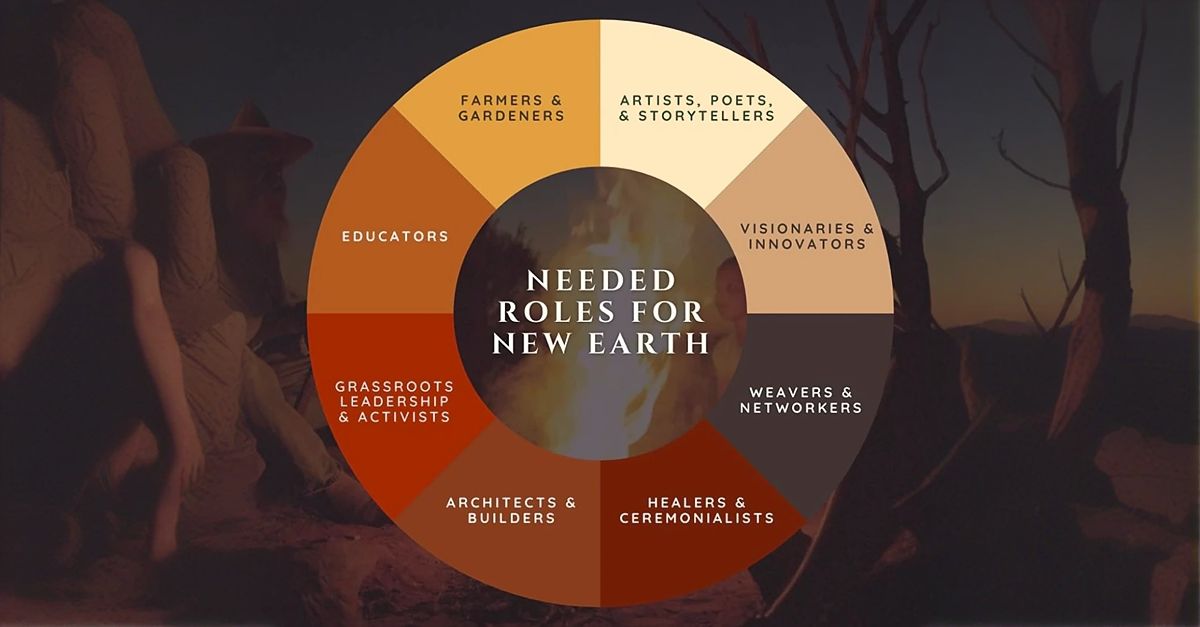New Earth Roles in a Circular Economy ~
Shifting from traditional state-to-state interactions to a more holistic, “new human diplomacy” requires both structural changes and a shift in mindset across global society. This transformation involves broadening diplomatic efforts to include not just government actors, but also ordinary citizens, civil society organizations, private companies, and international bodies, all working together to address complex global challenges in a human-centered way.
Acknowledging the current diplomatic system we are shape shifting from, and its imprinted relationship to human interaction, allows us to curate space and teach how to reconfigure a new way of living. A transformation rooted in holistic diplomacy supports the roles necessary for humans to thrive, rooted into the New Earth.
New Earth Roles in a Circular Economy:

Interestingly, the written intention of State-to-state interactions are guided by established diplomatic norms, customs, and international law, which aim to maintain peaceful, predictable relations between countries. How are these current established guidelines failing to create peaceful relations between humans? How are these old ways causing deep separation in humanity? How do we map a holistic diplomacy, shifting in mindset across global society?
What is a state to state interaction?
Traditional diplomacy leverages “State-to-state interaction” + refers to the formal communication, negotiation, and relationship-building that takes place directly between governments of different countries, rather than between governments and private citizens, organizations, or businesses. This type of interaction is a core element of traditional diplomacy, where representatives of sovereign states (like diplomats, ambassadors, or heads of state) engage to manage international relations and address issues that affect their respective countries.
Here are some key aspects of state-to-state interactions:
1. Bilateral and Multilateral Negotiations
- Bilateral interactions involve two countries working together to address shared concerns, like trade agreements, border issues, or military cooperation.
- Multilateral interactions involve three or more countries, often through international organizations like the United Nations or NATO, to tackle global challenges like climate change, human rights, or security threats.
2. Treaties and Agreements
- States create formal, legally binding agreements (treaties) on issues ranging from environmental protection to arms control. These agreements outline each state’s obligations and are often reached through diplomatic negotiations.
3. Conflict Resolution and Peacebuilding
- When conflicts arise, states engage in diplomacy to prevent escalation, reach ceasefires, or establish peace treaties. Diplomatic efforts help prevent wars, resolve disputes, and foster cooperation.
4. Economic and Trade Relations
- States negotiate trade agreements and economic policies to benefit their economies. These agreements can establish tariff rates, trading terms, and investment guidelines between countries.
5. Security and Defense Alliances
- States often form alliances for mutual defense and security. For example, NATO is a defense alliance where member states agree to collective defense if any one of them is attacked.
6. Cultural and Scientific Exchange
- States sometimes promote cultural, educational, and scientific exchange programs to foster understanding and build relationships outside of purely political or economic interests.
7. Official Visits and Diplomatic Protocols
- Heads of state, ministers, and ambassadors often visit each other’s countries, adhering to diplomatic protocols that build rapport and trust. These visits are symbols of goodwill and cooperation and may lead to concrete agreements.
State-to-state interactions are guided by established diplomatic norms, customs, and international law, which aim to maintain peaceful, predictable relations between countries.
Shifting from traditional state-to-state interactions to a more holistic, “new human diplomacy” requires both structural changes and a shift in mindset across global society. This transformation involves broadening diplomatic efforts to include not just government actors, but also ordinary citizens, civil society organizations, private companies, and international bodies, all working together to address complex global challenges in a people-centered way. The New Human Diplomat way.




